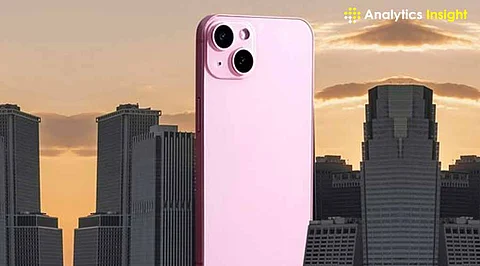

Apple is reportedly preparing to launch the second-generation affordable iPhone, anticipated to debut in the first half of 2025. There is speculation about what the new device might be called, with options including the iPhone SE 4 or a model within the iPhone 16E series alongside the standard iPhone 16.
The upcoming device is expected to offer the most significant redesigns in the SE lineup's history. Continuing the iPhone 8 design, which was quite old, the new iPhone is expected to have a design closer to the iPhone 14. It’s expected to feature a 6.1-inch OLED screen replacing the 4.7-inch LCD. This upgrade will enhance the display quality with richer colors and deeper contrasts.
There are rumors that the phone’s home button with Touch ID will be replaced with Face ID, implying that Apple is working towards a unified design language across its devices. Also, improved slimmer bezel designs are expected to improve the screen-to-body ratio, providing a better screen experience for users. Other design factors might include an Action Button, which should be present across the iPhone 16 series.
Under the hood, the new iPhone will likely come with Apple’s A18 chipset, making the device much more competent in power and efficacy. Complemented with 8GB of RAM in its configuration, this will enhance the device’s advanced artificial intelligence and machine learning capabilities.
It is also predicted that Apple will release its in-house 5G modem with the next-generation iPhone. Despite the substantial use of Qualcomm components, this development would break the previous reliance and improve connectivity and production efficiency. Some changes are expected to bring it to a level of competitiveness within the mid-tier smartphone market segment.
Apple may ramp up the camera capabilities by adding a 48MP rear sensor, which would be a rise compared to the 12 MP camera in the iPhone SE 3. This enhancement and the Fusion lens could enhance image clarity and zoom capabilities, which is good for photography lovers.
However, the costs could be slightly increased. The device is expected to be released for approximately $500 in the US market. In India, the price may go up to ₹54,000, while the iPhone SE 3 starts at ₹43,900. Such changes indicate the introduction of progressive features into the devices while focusing on affordability.
Apple’s decision to possibly re-evaluate the iPhone SE 4, which could be known as the iPhone 16E, is a clear signal of a shift to align its budget models with the flagship range. Whether this naming has been made official remains to be seen. However, some of the reported updates suggest that Apple wants to redefine the mid-tier iPhone while keeping the core design and performance philosophies intact.
